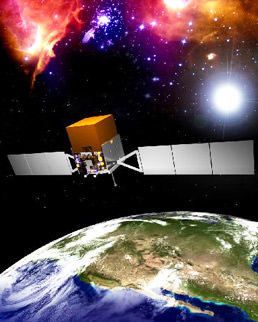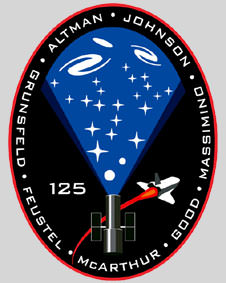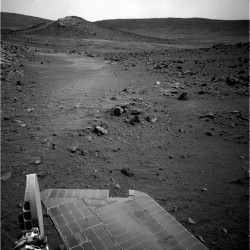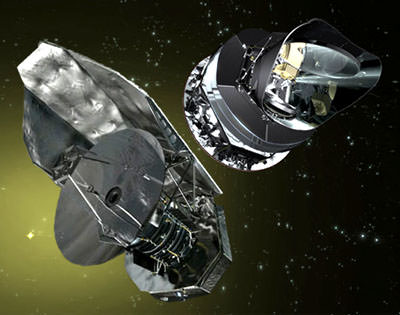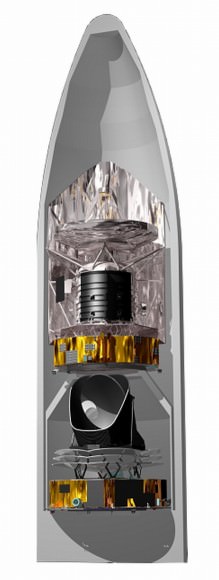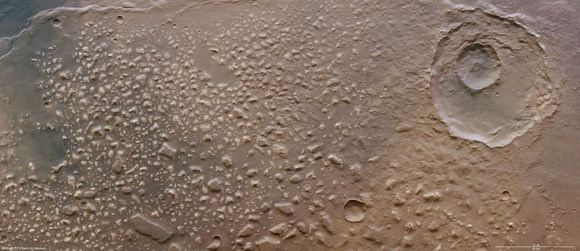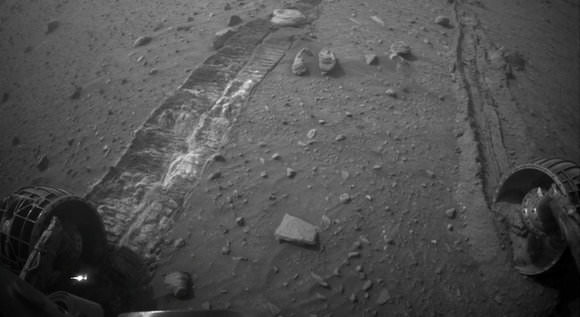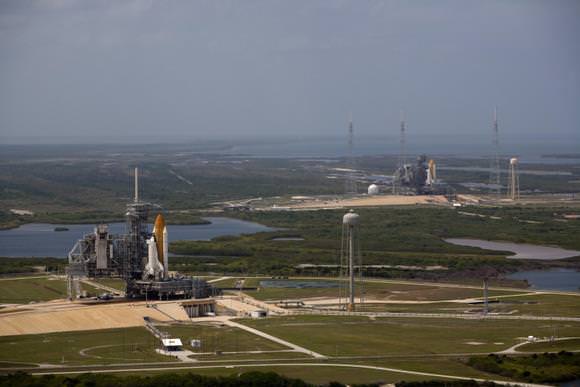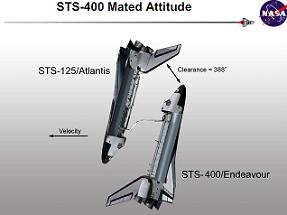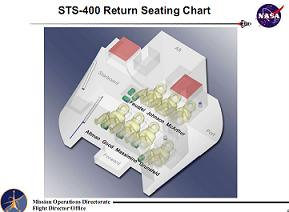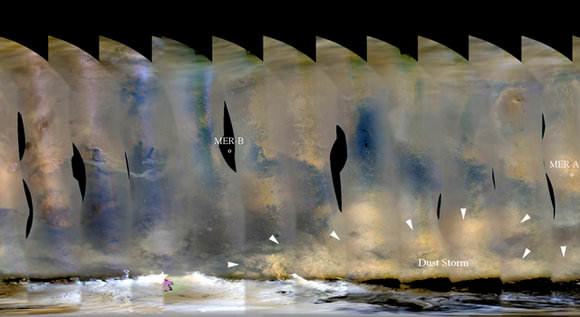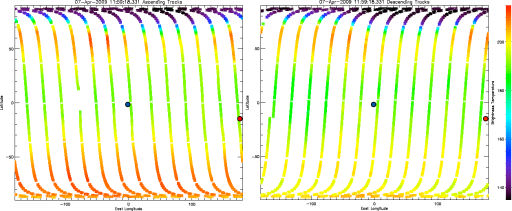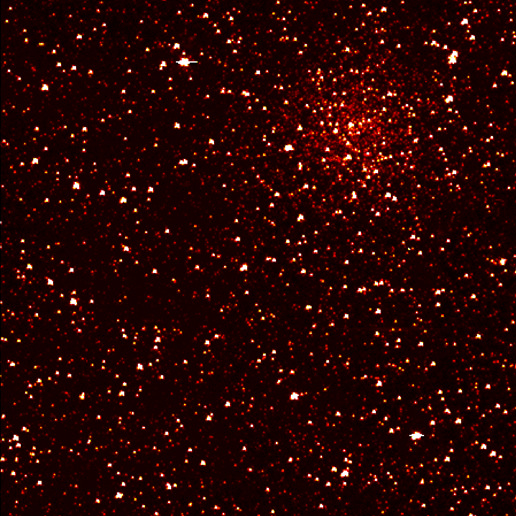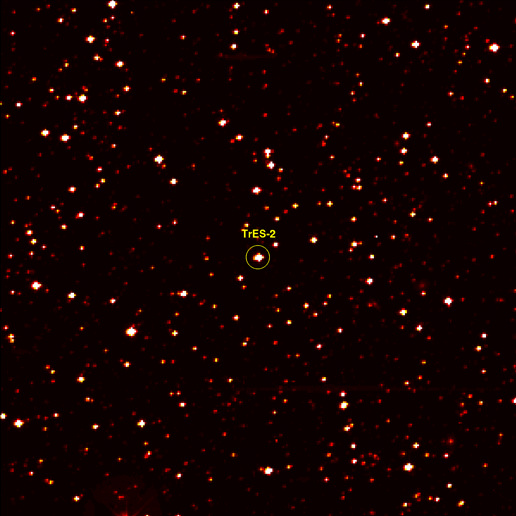[/caption]
Data from several different space and ground based observatories imply the presence of a nearby object that is beaming cosmic rays our way. Scientists with the Fermi Space Telescope say an unknown pulsar may be close by, sending electrons and positrons towards Earth. Or another more exotic explanation is that the particles could come from the annihilation of dark matter. But whatever it is, the source is relatively close, surely in our galaxy. “If these particles were emitted far away, they’d have lost a lot of their energy by the time they reached us,” said Luca Baldini, a Fermi collaborator.
Comparing data from the Fermi space telescope with results from the PAMELA spacecraft and the High Energy Stereoscopic System (H.E.S.S.) ground-based telescope, the three observatories have found surprisingly more particles with energies greater than 100 billion electron volts (100 GeV) than expected based on previous experiments and traditional models.
Fermi is primarily a gamma ray detector, but its Large Area Telescope (LAT) is also tool for investigating the high-energy electrons in cosmic rays.
Video of the LAT detecting high energy particles.
Cosmic rays are hyperfast electrons, positrons, and atomic nuclei moving at nearly the speed of light. Unlike gamma rays, which travel from their sources in straight lines, cosmic rays wend their way around the galaxy. They can ricochet off of galactic gas atoms or become whipped up and redirected by magnetic fields. These events randomize the particle paths and make it difficult to tell where they originated. But determining cosmic-ray sources is one of Fermi’s key goals.
Using the LAT, which is sensitive to electrons and their antimatter counterparts, positrons, the telescope looked at the energies of 4.5 million cosmic rays that struck the detector between Aug. 4, 2008, and Jan. 31, 2009 and found more of the high-energy variety than expected, those with more than 1 billion electron volts (eV).
A spokesman from the Goddard Space Flight Center said the exact number of how many more is not currently available, due to peculiarities of the data.
But results from Fermi also refute other recent findings from a balloon-borne experiment. The Advanced Thin Ionization Calorimeter (ATIC) captured evidence for a dramatic spike in the number of cosmic rays at energies around 500 GeV from its high atmospheric location over Antarctica. But Fermi did not detect these energies.
“Fermi would have seen this sharp feature if it was really there, but it didn’t.” said Luca Latronico, a team member at the National Institute of Nuclear Physics (INFN) in Pisa, Italy. “With the LAT’s superior resolution and more than 100 times the number of electrons collected by balloon-borne experiments, we are seeing these cosmic rays with unprecedented accuracy.”
“Fermi’s next step is to look for changes in the cosmic-ray electron flux in different parts of the sky,” Latronico said. “If there is a nearby source, that search will help us unravel where to begin looking for it.”
Source: NASA

